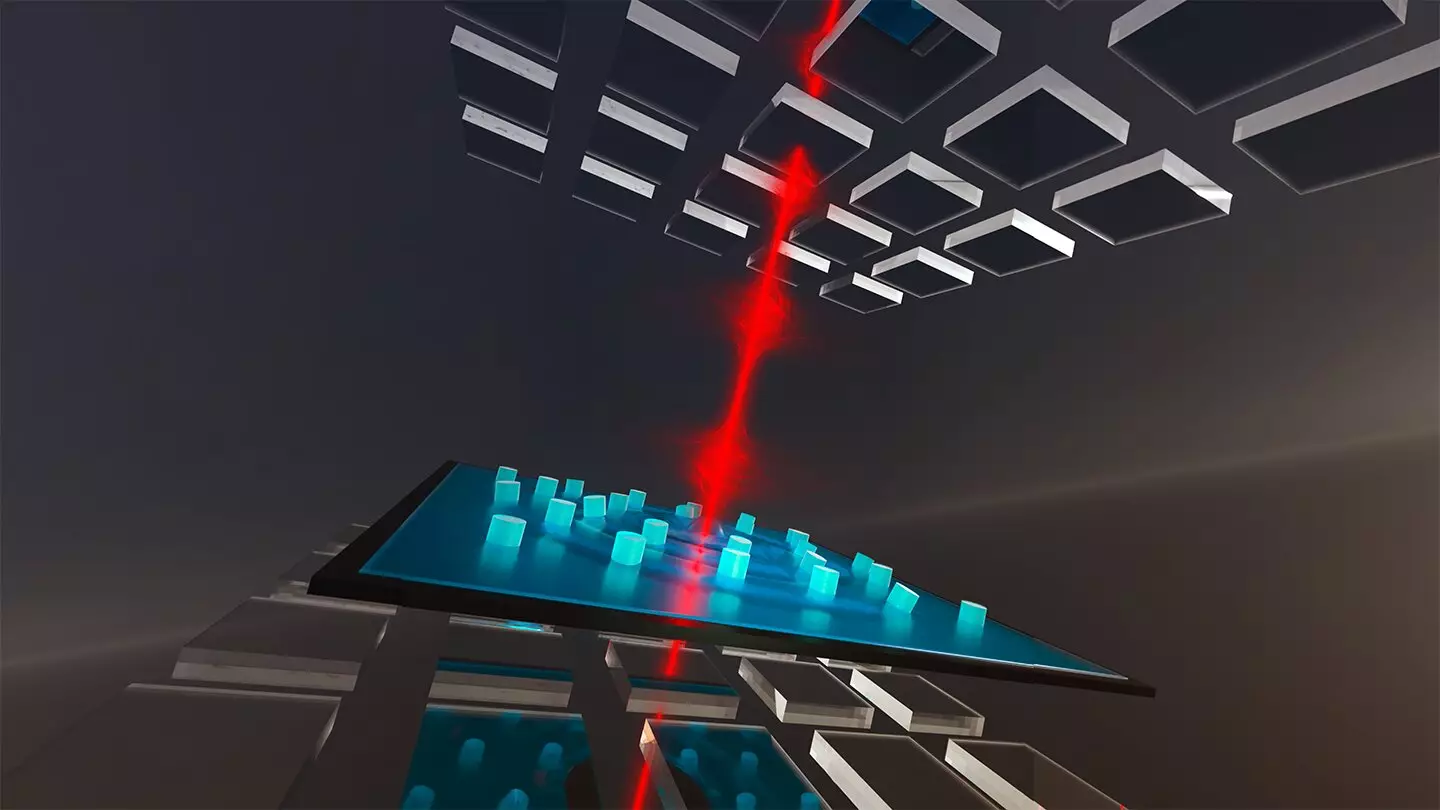Quantum mechanics has long been a fascinating and mysterious field, but its practical applications have been limited due to the need for extremely low temperatures. However, a groundbreaking study led by Tobias J. Kippenberg and Nils Johan Engelsen at EPFL has redefined the boundaries of what’s possible. By blending quantum physics and mechanical engineering, the researchers have achieved the ability to observe and control quantum phenomena at room temperature, marking a significant milestone in the field. This article will explore the implications of this breakthrough and its potential for advancing quantum technologies.
Traditionally, quantum observations have been restricted to near absolute zero temperatures, where quantum effects are more easily detectable. The main obstacle to observing quantum phenomena at room temperature is the presence of thermal noise, which disturbs delicate quantum dynamics. However, the researchers in this study have found a solution by utilizing an ultra-low noise optomechanical system.
In their experimental setup, published in the journal Nature, the scientists constructed a unique optomechanical system that combines light and mechanical motion. By studying the interaction between light and moving objects with exceptional precision, they were able to manipulate and control quantum phenomena at room temperature.
A critical component of their system is the use of cavity mirrors, specialized mirrors that bounce light back and forth in a confined space known as the cavity. This “traps” the light and enhances its interaction with the mechanical elements in the system. To reduce thermal noise, the mirrors are patterned with crystal-like periodic structures, known as “phononic crystal” structures. These structures effectively minimize the perturbations caused by thermal noise, enabling the observation of subtle quantum phenomena.
Another crucial element of the setup is a 4mm drum-like device called a mechanical oscillator. This oscillator interacts with light within the cavity and plays a key role in isolating the system from environmental noise. Its relatively large size and design allow for the detection of quantum phenomena at room temperature.
Achieving Optical Squeezing
One of the significant achievements of this study is the demonstration of “optical squeezing” at room temperature. Optical squeezing is a quantum phenomenon where certain properties of light, such as intensity or phase, can be manipulated to reduce fluctuations in one variable at the expense of increasing fluctuations in another. This phenomenon is governed by Heisenberg’s principle.
By showcasing optical squeezing in their system, the researchers have proven that it is possible to effectively control and observe quantum phenomena in a macroscopic system without the need for extreme cold temperatures. This breakthrough opens up new possibilities for quantum optomechanical systems and expands access to quantum measurement and quantum mechanics at macroscopic scales.
The ability to operate at room temperature has vast implications for the field of quantum mechanics. The researchers believe that their system could enable the development of hybrid quantum systems, where the mechanical drum interacts strongly with various objects, such as trapped clouds of atoms. Such advancements may lead to the creation of novel technologies and applications that were once only theoretical possibilities.
Furthermore, the techniques and methods used to deal with the complex noise sources in the experiment have broader implications for precision sensing and measurement. The research team’s innovative approach to isolate the mechanical oscillator from environmental noise can greatly impact the field and facilitate advancements in other areas of precision sensing.
The study led by Tobias J. Kippenberg and Nils Johan Engelsen at EPFL represents a groundbreaking achievement in the realm of quantum mechanics. By successfully controlling and observing quantum phenomena at room temperature, the researchers have surpassed the limitations of previous experiments, which required extremely low temperatures. This breakthrough opens up new possibilities for the development and application of quantum technologies. As the field continues to advance, the future of quantum mechanics appears increasingly promising.



Leave a Reply